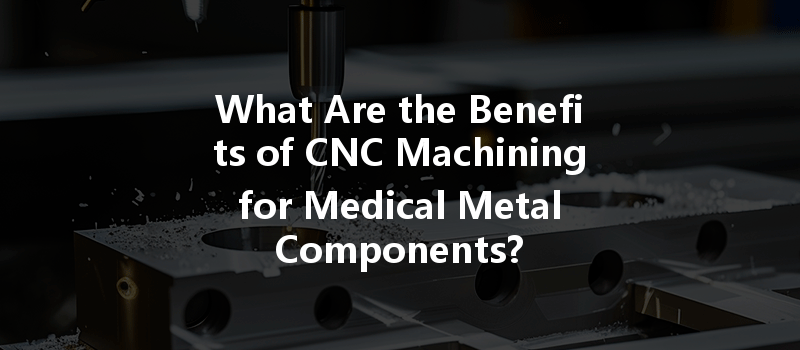:
Did you know that the medical device market is projected to exceed $500 billion by 2025? This rapid growth is fueled by the increasing demand for advanced medical treatments, and at the heart of this evolution lies an unsung hero—CNC machining. As a crucial manufacturing technology within this sector, CNC (Computer Numerical Control) machining has transformed how medical metal components are produced, leading to improved patient outcomes, more effective treatments, and ultimately saving lives.
In this comprehensive blog, we’ll explore the numerous benefits of CNC machining for medical metal components. From precision and customization to efficiency and cost-effectiveness, CNC machining is reshaping the landscape of medical manufacturing. Let’s delve deeper into how this innovative technology is solving some of the pressing challenges facing the medical industry today.
—
Before we dive into the benefits, it’s essential to understand what CNC machining entails. CNC machining is a subtractive manufacturing process that utilizes computer software to control machine tools. These tools can include lathes, mills, routers, and grinders, among others. The process begins with a digital blueprint, often created through CAD (Computer-Aided Design) software, which guides the machines to create precise parts by removing material from a workpiece.
In the medical field, CNC machining is extensively used to manufacture components such as surgical instruments, dental tools, orthopedic implants, and diagnostic devices. Given the critical nature of these components, accuracy and reliability are paramount.
One of the hallmark advantages of CNC machining is its unparalleled precision.
The medical industry is uniquely varied, and often requires components tailored to specific applications.
In an industry driven by the need for speedy solutions, CNC machining excels in efficiency.
CNC machining supports an extensive range of materials suitable for medical applications.

While initial investments in CNC machinery may be substantial, the long-term savings can be significant.
In the medical sector, adherence to regulatory standards is non-negotiable.
Safety is of utmost importance in the medical industry, both for patients and healthcare providers.
The rapid evolution of technology means that CNC machining is poised for continual improvement.
In summary, CNC machining is revolutionizing the production of medical metal components, offering an arsenal of advantages, including unparalleled precision, customization, efficiency, material versatility, cost-effectiveness, regulatory compliance, and enhanced safety.
As we reflect on the rapid growth of the medical device market projected for the coming years, it’s clear that CNC machining will play a pivotal role in driving advancements that improve patient care and treatment outcomes.
The implications of adopting CNC machining in medical manufacturing are profound, impacting not just the quality of the products but also the health and wellbeing of individuals globally. For medical device manufacturers, embracing this technology is no longer optional but essential to remain competitive and meet the ever-increasing demands of the healthcare sector.
Why This Blog Matters: The importance of understanding CNC machining’s role in the medical industry cannot be overstated. As healthcare continues to evolve, the demand for innovative solutions will only grow. By recognizing the benefits of CNC machining for medical metal components, manufacturers can better position themselves to lead in this critical field, enhance their offerings, and ultimately improve the healthcare landscape for all.
The future of medicine is not just about treatments—it’s about the technology and processes that bring those treatments to life. Embracing CNC machining could be the key to achieving that future.






